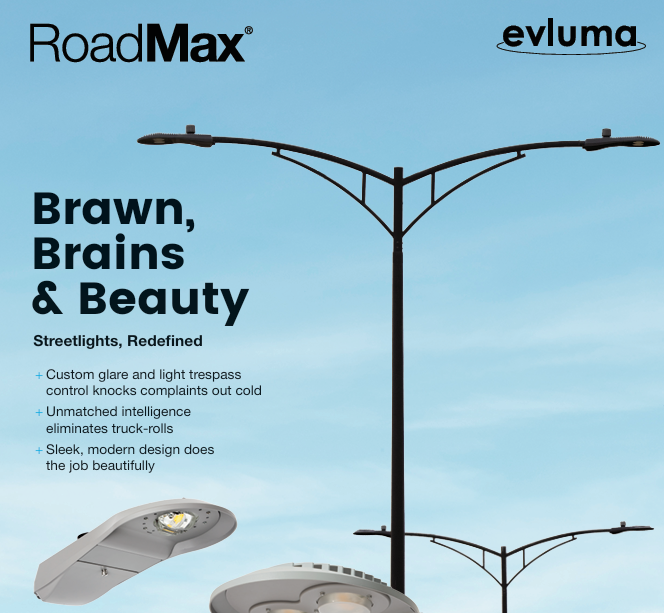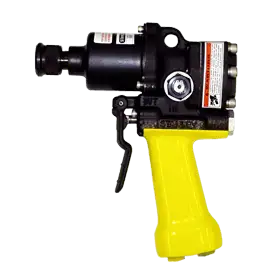How do I prevent an arc flash from happening?
By R.W. Hurst, Editor

Arc Flash Training CSA Z462 - Electrical Safety Essentials
Our customized live online or in‑person group training can be delivered to your staff at your location.

- Live Online
- 6 hours Instructor-led
- Group Training Available
Download Our OSHA FS3529 Fact Sheet – Lockout/Tagout Safety Procedures

- Learn how to disable machines and isolate energy sources safely
- Follow OSHA guidelines for developing energy control programs
- Protect workers with proper lockout devices and annual inspections
Prevention requires electrical safety training, proper PPE, arc flash boundaries, and equipment maintenance. Following NFPA 70E standards, safe work practices, and risk assessments reduces hazards and protects workers from dangerous incidents.
How Do I Prevent an Arc Flash from Happening?
How do I prevent an arc flash from happening refers to implementing safe work practices, standards, and protective measures to minimize arc flash risk.
✅ Conduct arc flash risk assessments and follow NFPA 70E standards
✅ Wear proper PPE and establish safe approach boundaries
✅ Maintain electrical equipment and train qualified workers
Wondering how to prevent an arc flash from happening? Arc flash prevention begins with a proper risk assessment, thorough training, and adherence to electrical safety standards, such as NFPA 70E. Using the right personal protective equipment (PPE), maintaining equipment, labelling hazards, and de-energizing circuits before work are all key steps in minimizing the risk of an arc flash incident.
To prevent an arc flash from occurring, it is essential to understand the underlying causes and implement targeted safety measures. An arcing fault often occurs when insulation fails or when conductive materials bridge electrical contacts, leading to a dangerous electric arc. Regular inspection and maintenance of electrical equipment, along with proper coordination of circuit breakers and other protective devices, help reduce the likelihood and severity of an electrical arc flash. Establishing a flash protection boundary ensures that workers maintain a safe distance from potential hazards, while calculating incident energy levels enables the selection of suitable personal protective equipment. Together, these strategies form a comprehensive defence against arc flash incidents in industrial and commercial settings. Understanding the root causes of arc flashes is crucial. Why Do Arc Flashes Happen? delves into common triggers and prevention strategies.
Electricity Today T&D Magazine Subscribe for FREE

- Timely insights from industry experts
- Practical solutions T&D engineers
- Free access to every issue
To prevent an arc flash from happening, facilities should de-energize equipment before work begins, perform regular hazard analyses, maintain equipment properly, and enforce strict access controls. Using personal protective equipment (PPE) and maintaining a clean work area also helps reduce the risk. Compliance with safety standards is key; explore the NFPA 70E Arc Flash Requirements to ensure your workplace meets necessary guidelines.
Request a Free Training Quotation
Conduct Arc Flash Hazard Analysis
Regular arc flash hazard analyses are crucial for identifying potential risks. This process, conducted by an experienced electrical engineer, assesses the likelihood of an arc flash and suggests measures to address any identified hazards. By pinpointing areas of elevated risk, facilities can take proactive steps to enhance safety. Implementing proper safety measures is essential; learn about the Arc Flash Boundary and how it defines safe working distances to protect personnel.
De-Energize Systems
The most effective way to prevent an arc flash is to de-energize electrical systems before commencing any work. This involves disconnecting the power source and ensuring all residual electricity is discharged from capacitors, batteries, and other power-storing components. While it’s not always practical to completely de-energize a system, doing so whenever possible is the safest approach.
Maintain Equipment Properly
Neglected equipment is a common cause of arc flashes. Worn wires, malfunctioning safety devices, and other maintenance issues can lead to catastrophic failures. Adhering to a strict maintenance schedule for all machinery and electrical systems is essential to ensure they operate safely and reliably.
Keep the Work Area Clean
A tidy work environment significantly reduces the risk of arc flashes. Dust, sawdust, and other debris can provide a conductive path for electricity, increasing the chance of an arc flash. Keeping the work area free of these materials minimizes this risk and promotes overall safety.
Restrict Access to Hazardous Areas
To prevent accidental triggers of arc flashes, restrict access to areas with electrical components. Only personnel directly involved in electrical work should be allowed near these systems. Use floor marking tape, barricades, or other physical barriers to keep unauthorized individuals away, reducing the likelihood of accidental contact.
Use Personal Protective Equipment (PPE)
Personal protective equipment (PPE) is vital for safeguarding workers in the event of an arc flash. While PPE primarily provides protection after an arc flash occurs, it also helps prevent such incidents. Non-conductive PPE can prevent electrical currents from finding a path through a worker's body, thus reducing the risk of an arc flash. Always ensure that appropriate PPE is worn whenever working near high voltage systems.
Preventing arc flashes requires a multifaceted approach, combining regular hazard analyses, de-energizing systems when possible, maintaining equipment, ensuring a clean work area, restricting access, and using proper PPE. By implementing these measures, facilities can significantly reduce the risk of arc flashes and protect their workers from harm.
Related Resources:








